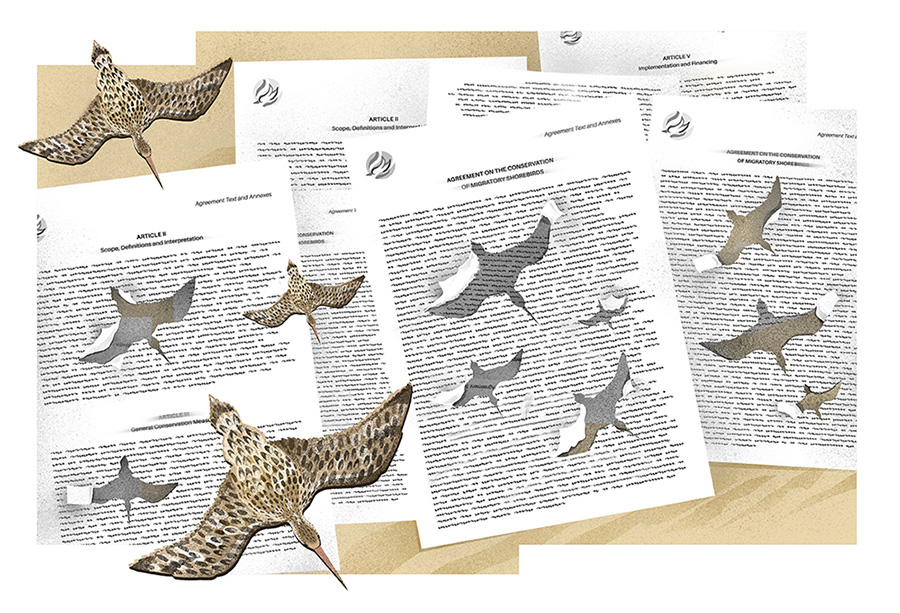Conservation efforts often focus on protecting charismatic animals, such as elephants or pandas. It is frequently assumed that protecting these animals will help to conserve other less charismatic organisms at the same time. For example, scientists have used data on vertebrate and plant biodiversity to identify “hotspots” that have high biodiversity and suggested that protecting these locations would also protect invertebrate biodiversity. However, the largest portion of terrestrial biodiversity occurs in soil, and it is not clear whether determining conservation priorities based on aboveground organisms helps to protect soil biodiversity. Soil biodiversity supports many important ecosystem services such as nutrient cycling and carbon storage, and food webs in the soil and aboveground are often tightly linked.
In our study (Cameron et al., in press), we examined whether the typical focus on aboveground charismatic taxa (‘beauties’) serves to protect the functionally important but less visible and charismatic biodiversity in the soil (‘beasts’). We mapped aboveground biodiversity (mammals, birds, amphibians, and plants) and soil biodiversity (bacteria, fungi, and soil animals) globally. We found that areas of mismatch where aboveground biodiversity was high and soil biodiversity was low, or vice versa, covered 27% of the Earth’s land surface. In particular, temperate forests tended to have higher aboveground biodiversity but lower soil biodiversity. Boreal and tundra regions showed the opposite pattern of higher soil biodiversity but low aboveground biodiversity, and thus their conservation should be prioritized to protect soil biodiversity. Notably, these ecosystem types are also among the most vulnerable to climate change and should thus receive particular scientific and political attention.
The mismatch between soil and aboveground biodiversity hotspots suggests that conserving ‘the beauty’ will not be sufficient to save ‘the beast’. As a result, soil biodiversity should be explicitly considered in conservation actions and policy actions in the future.
Further Reading:
Cameron, E. K., I. S. Martins, P. Lavelle, J. Mathieu, L. Tedersoo, M. Bahram, F. Gottschall, et al. In press. Global mismatches in aboveground and belowground biodiversity. Conservation Biology. https://doi.org/10.1111/cobi.13311






